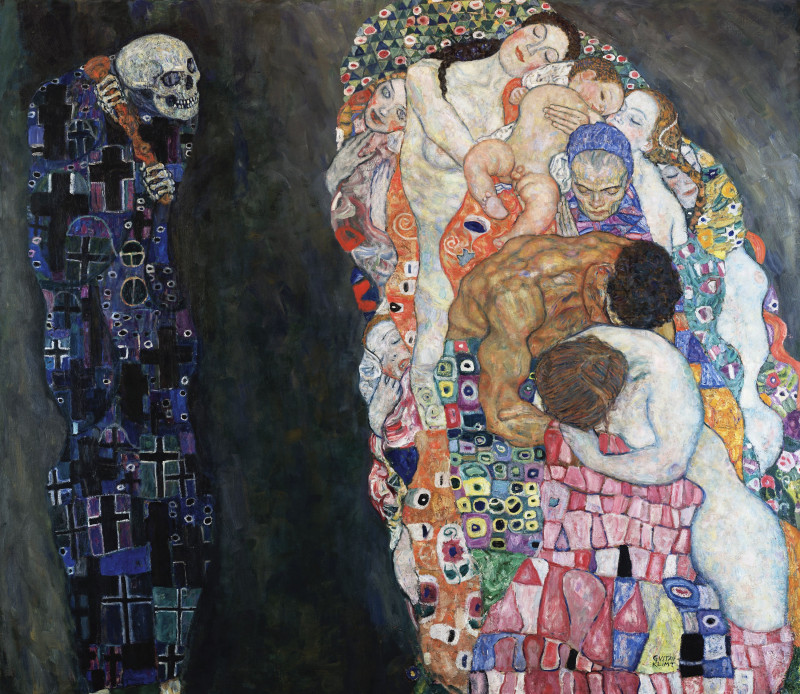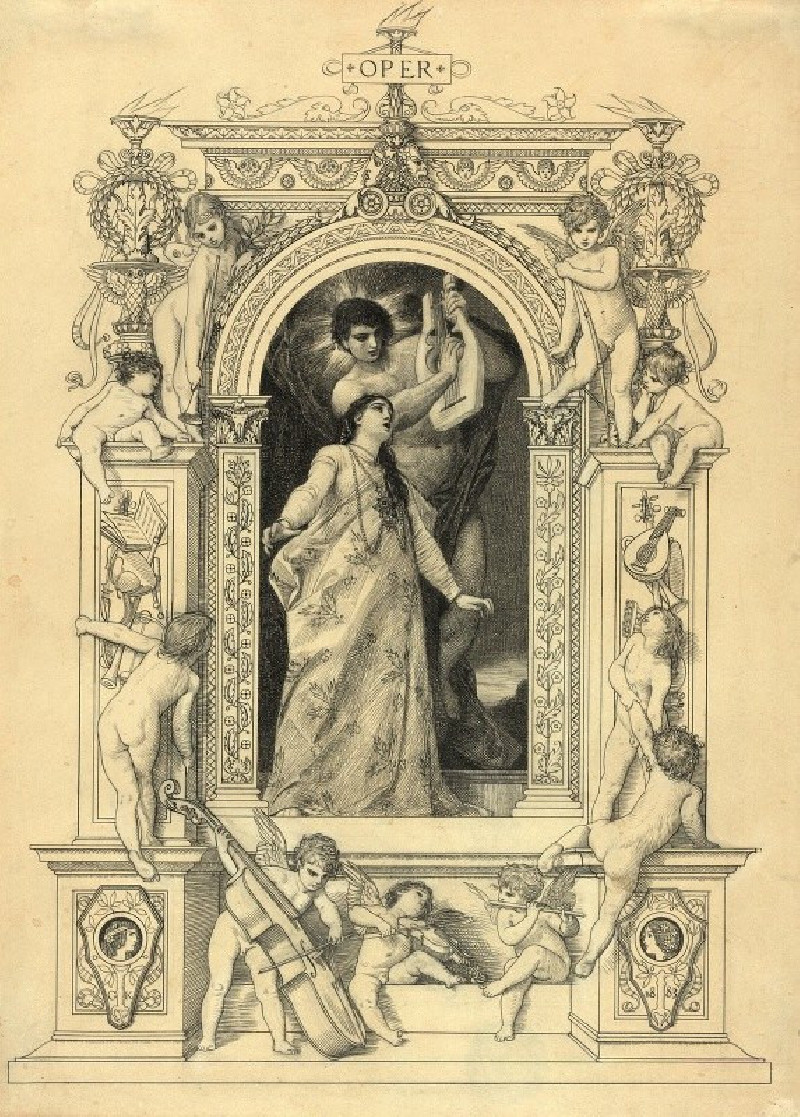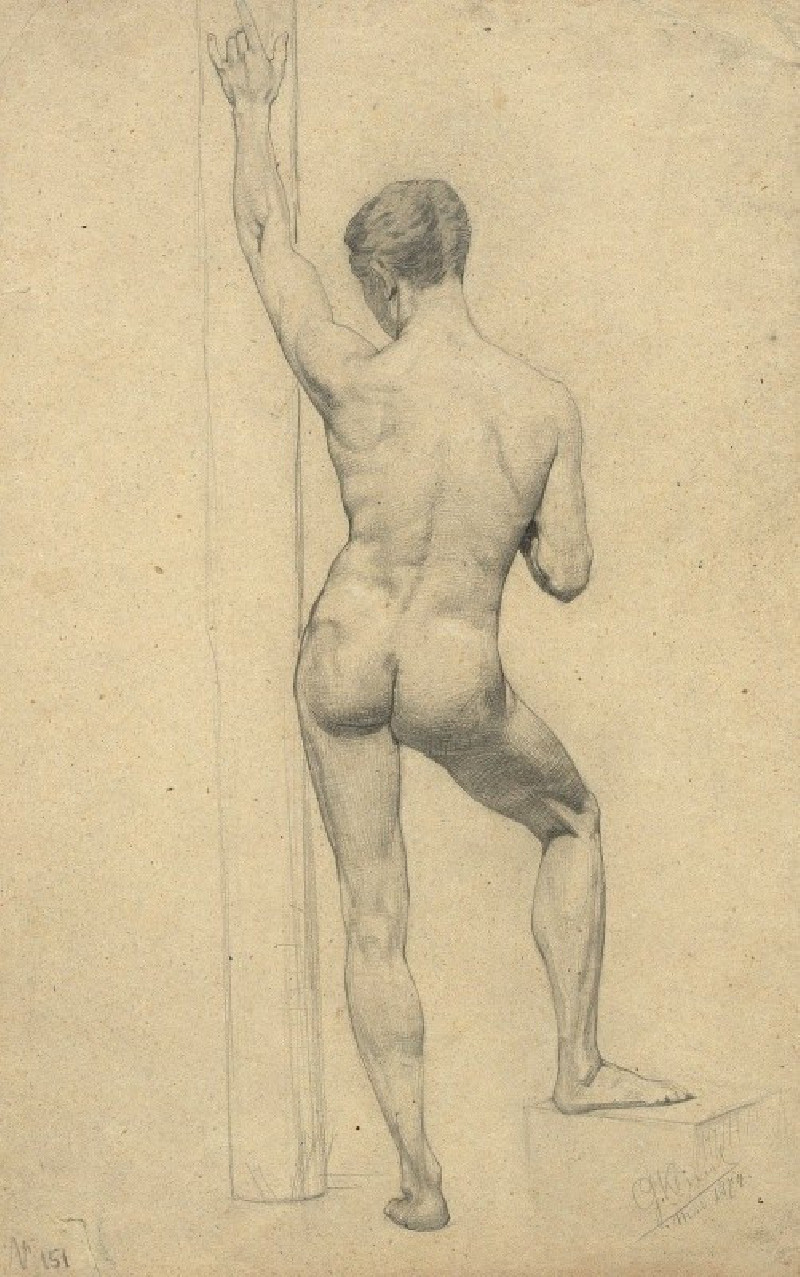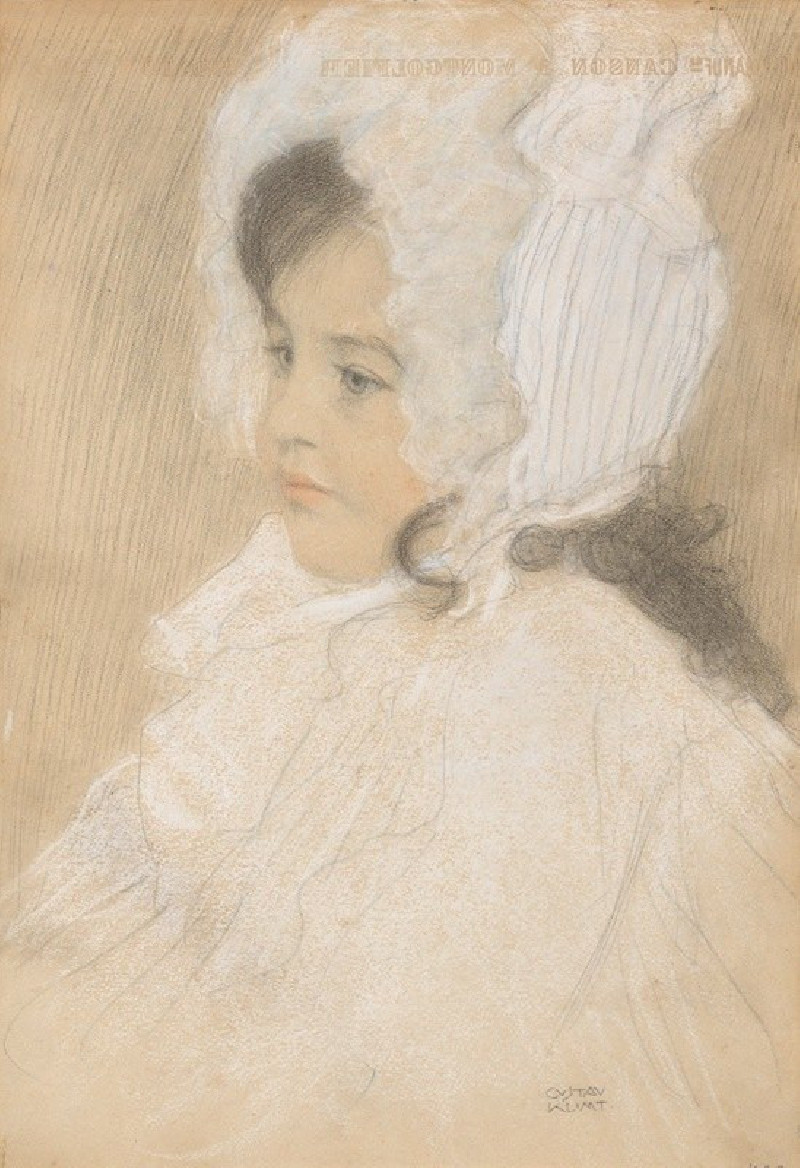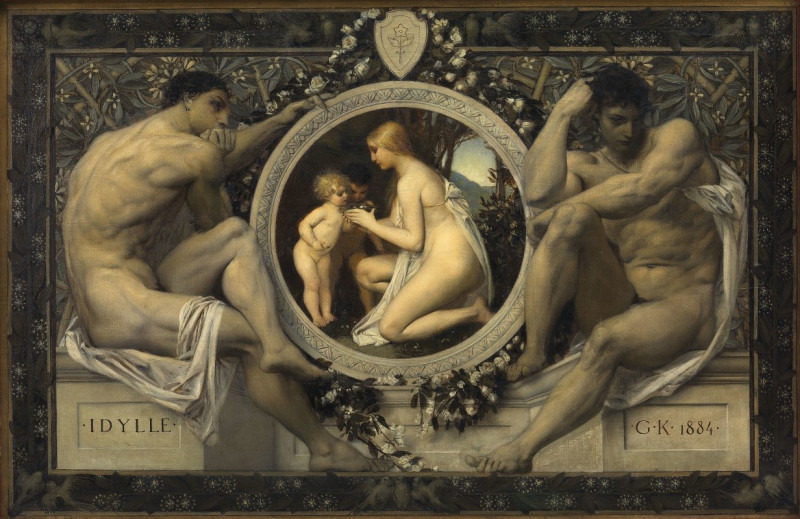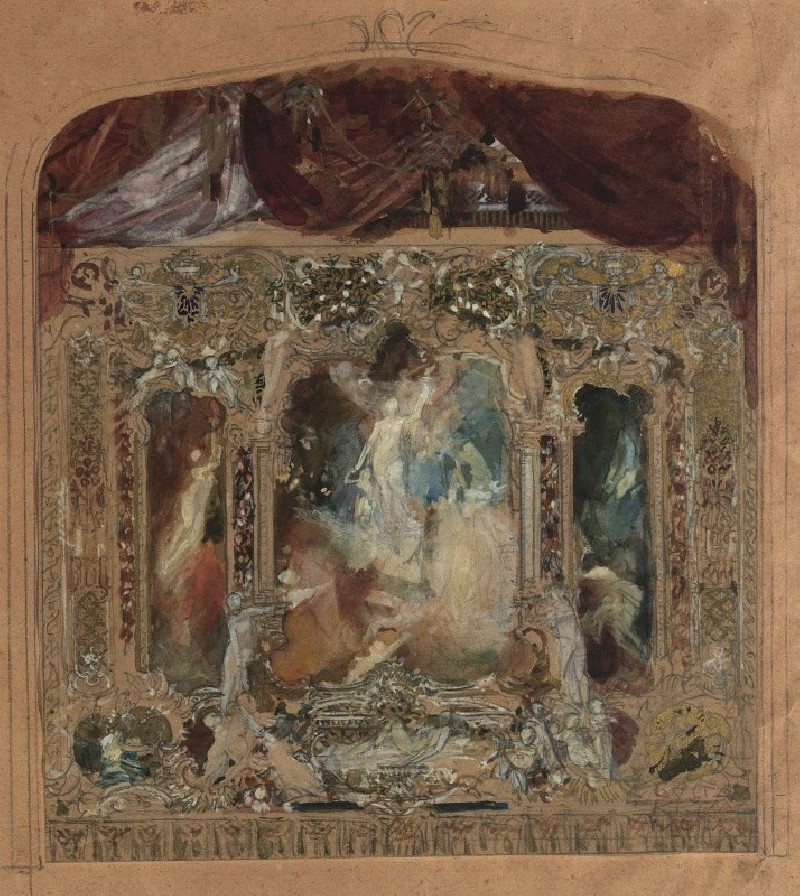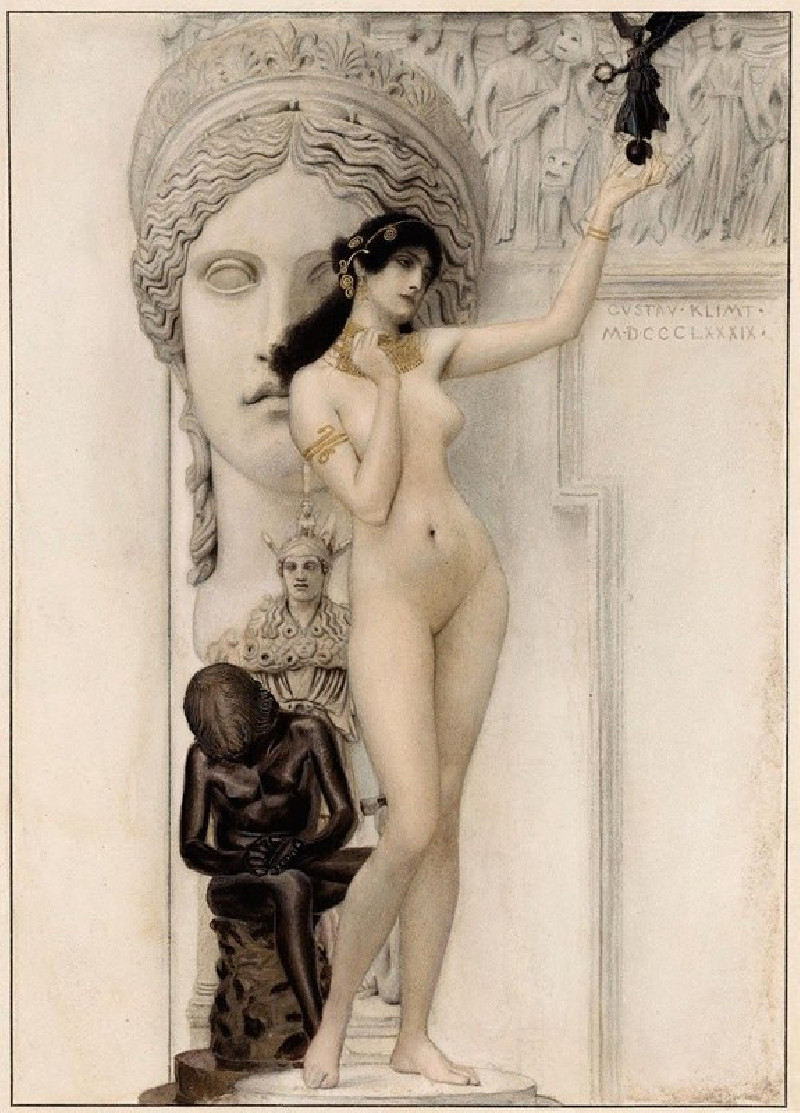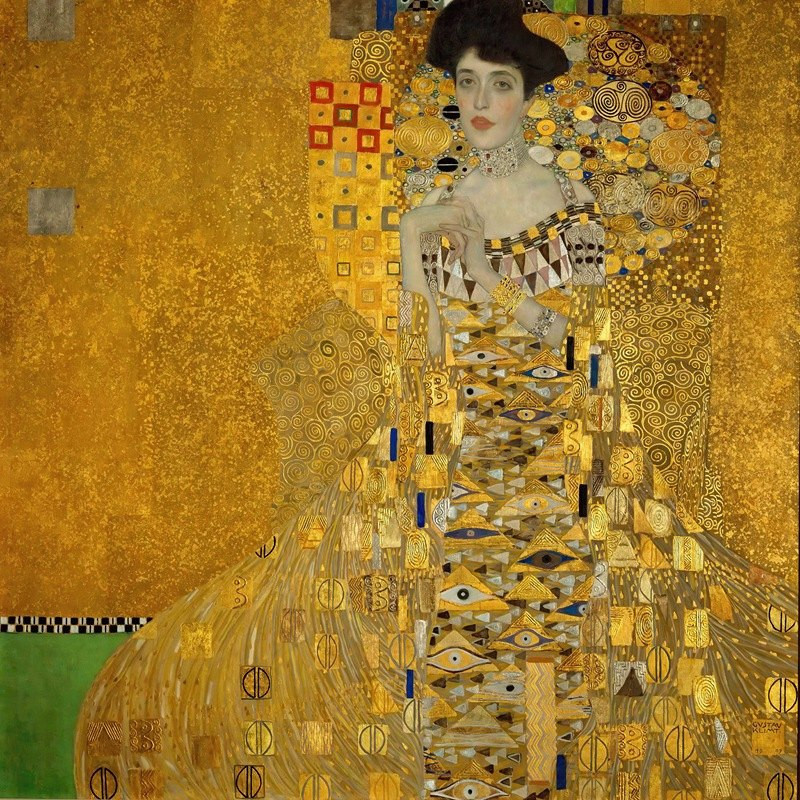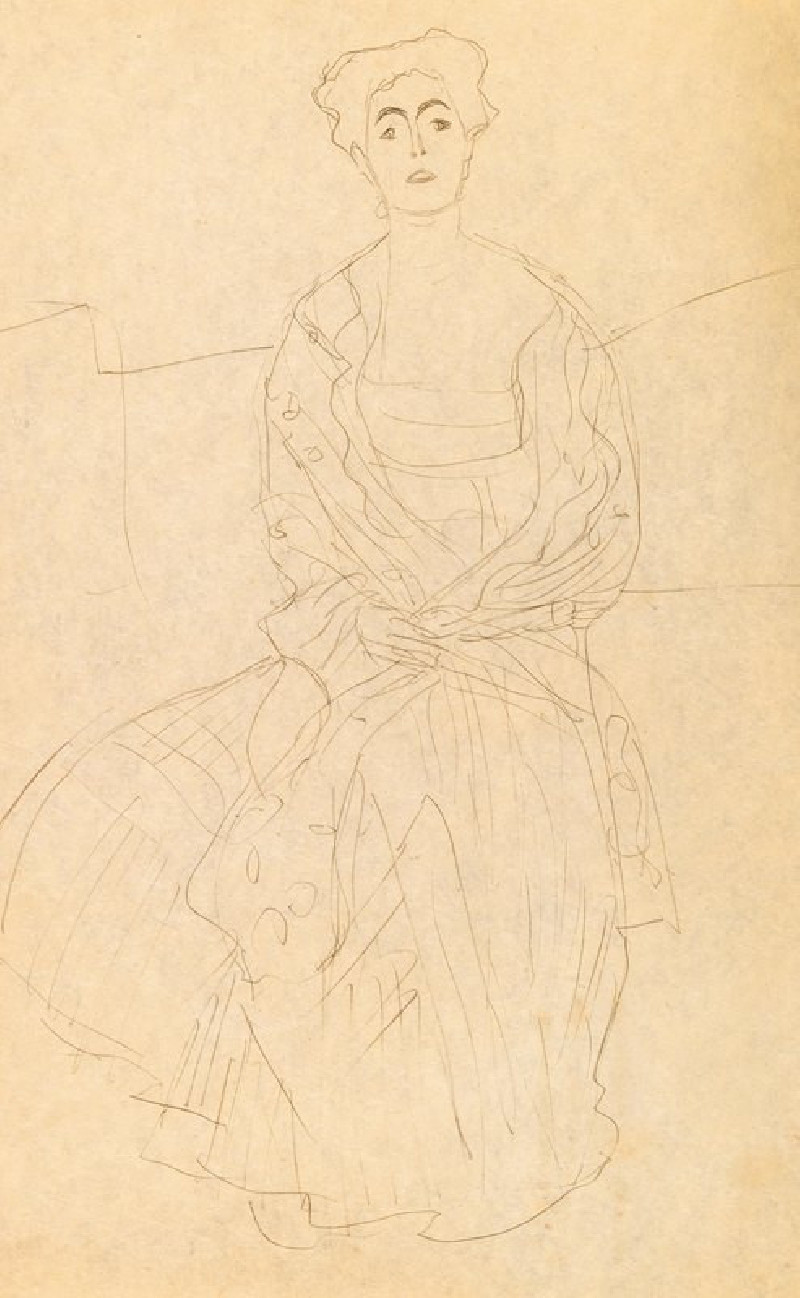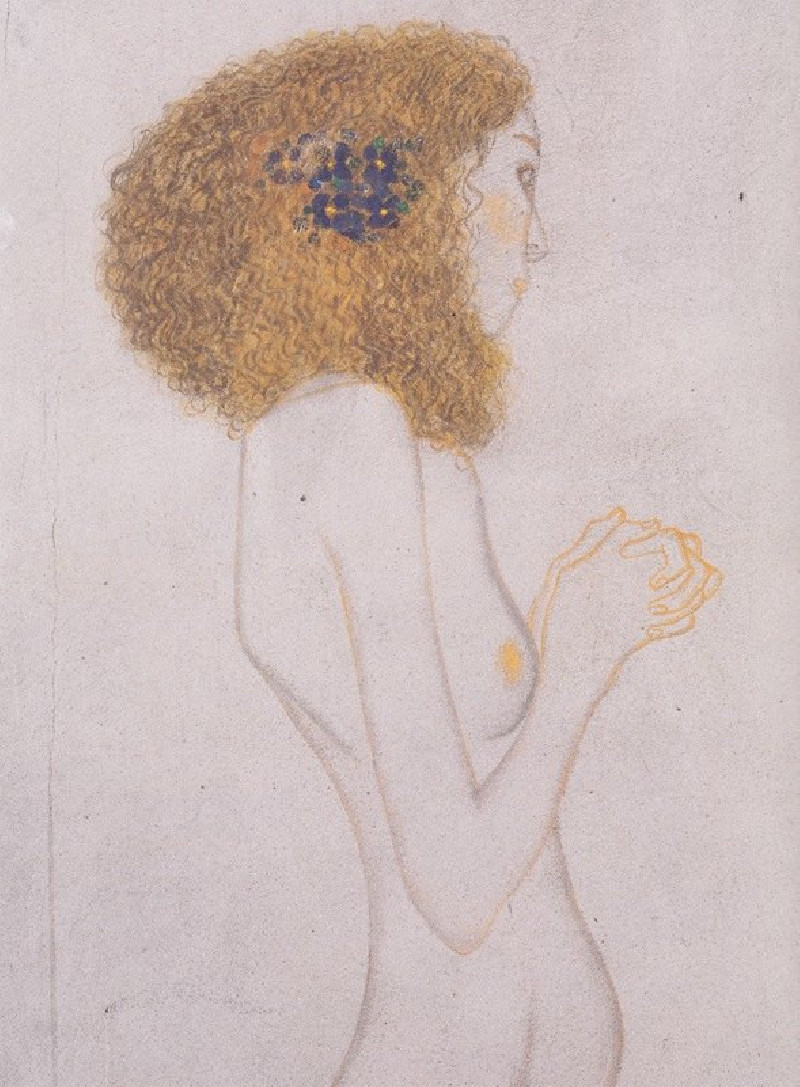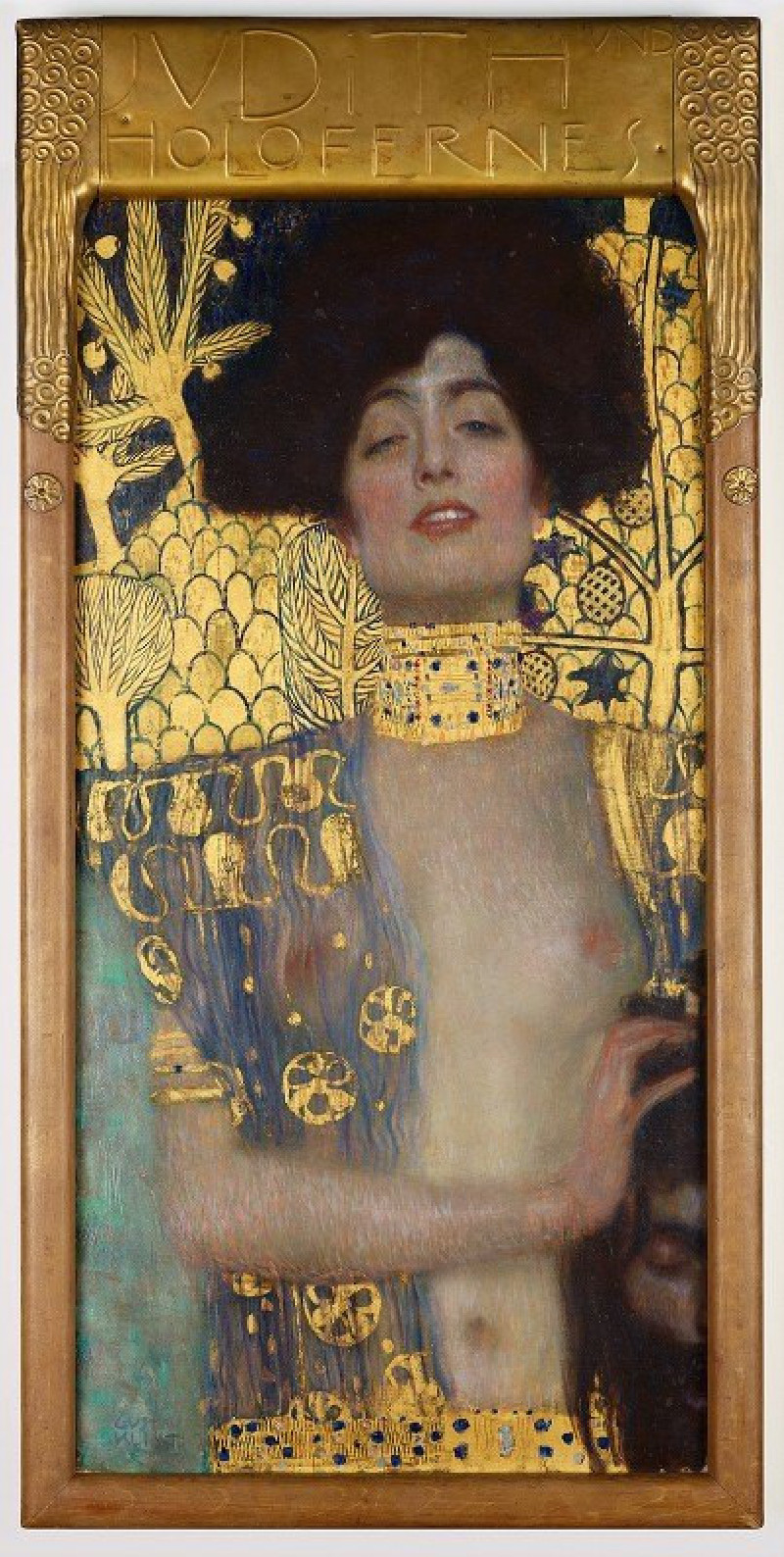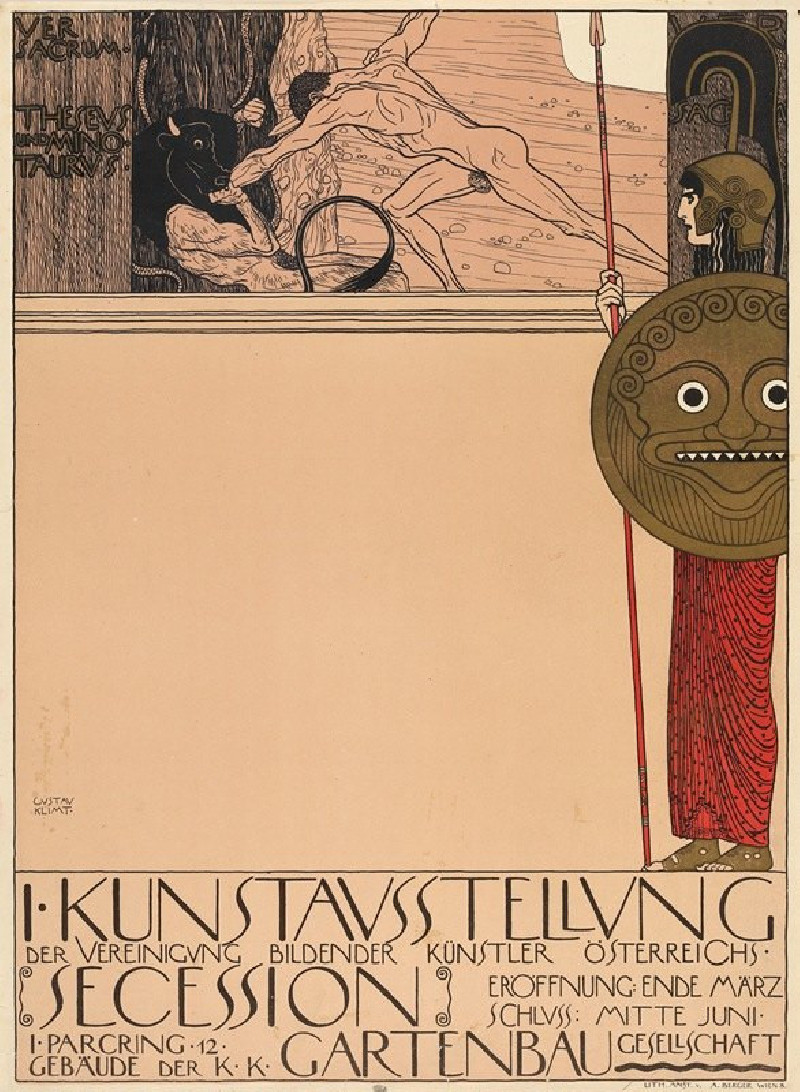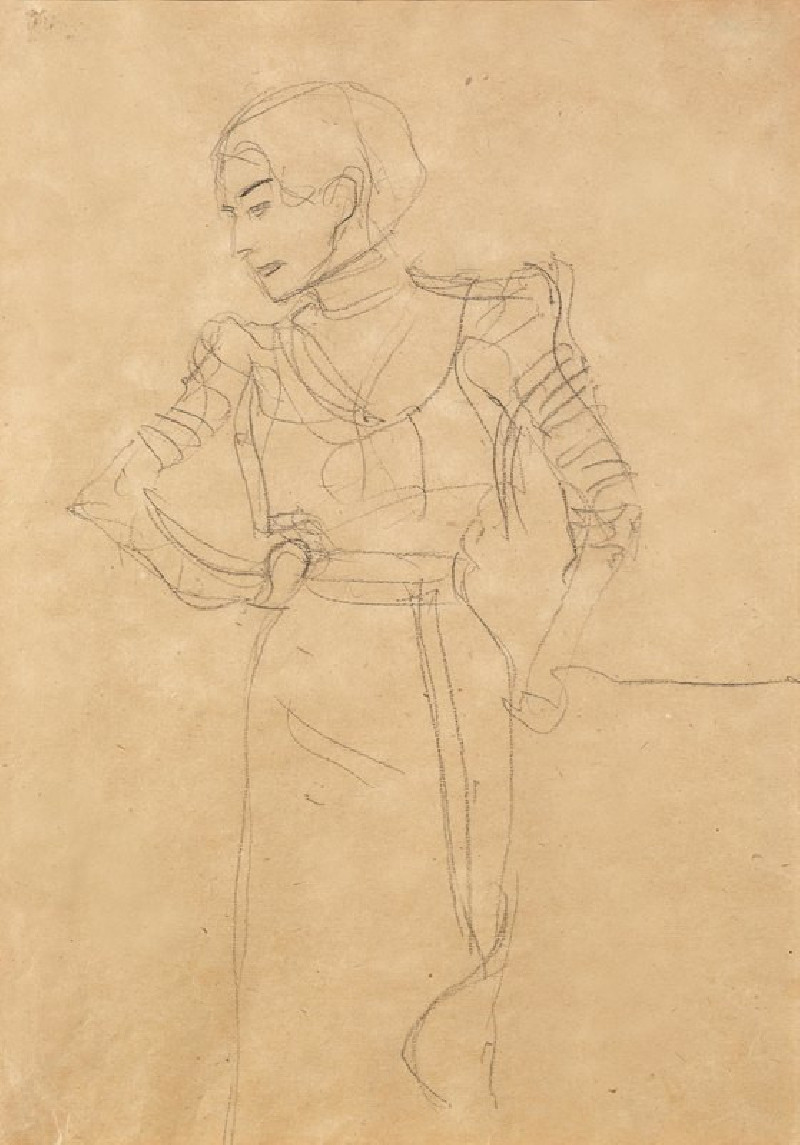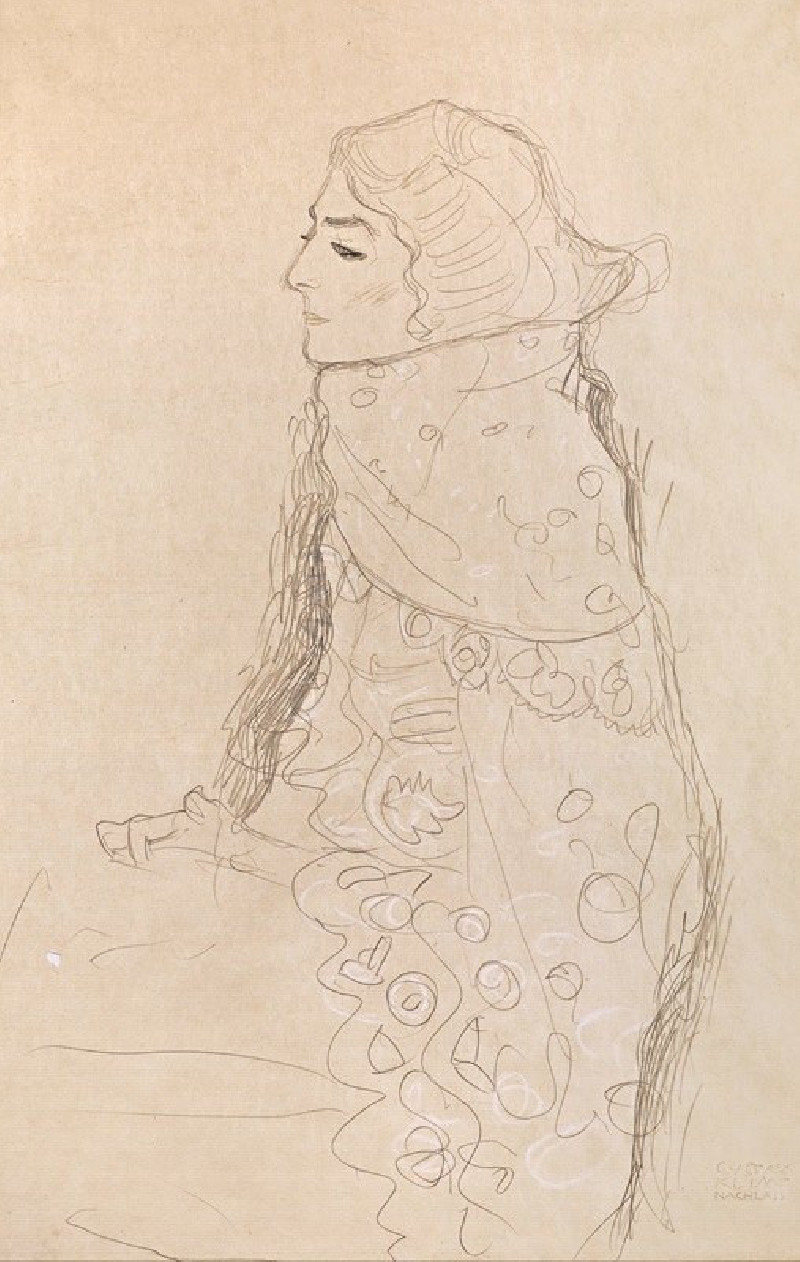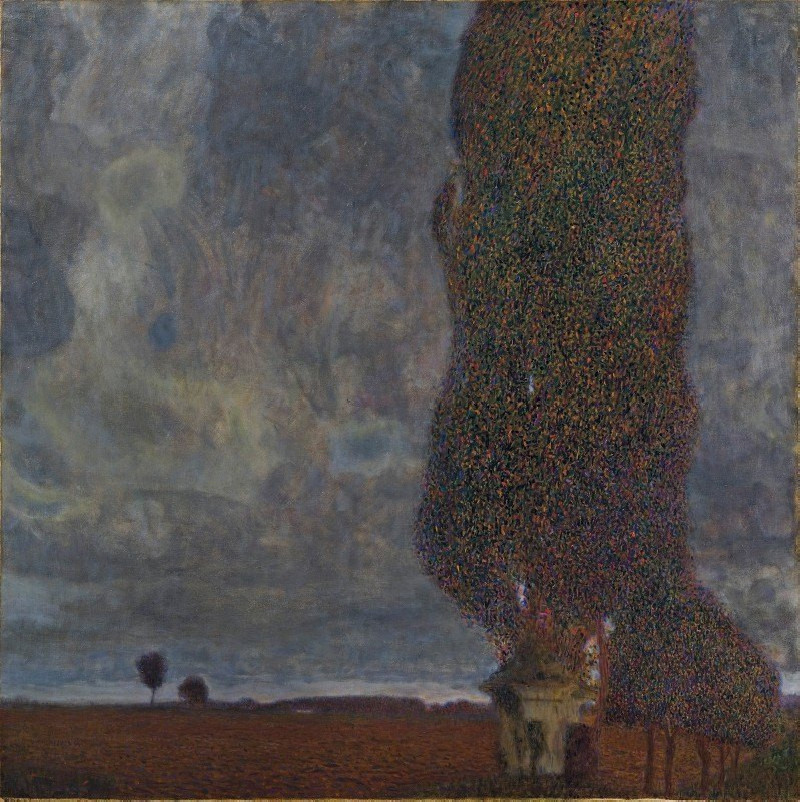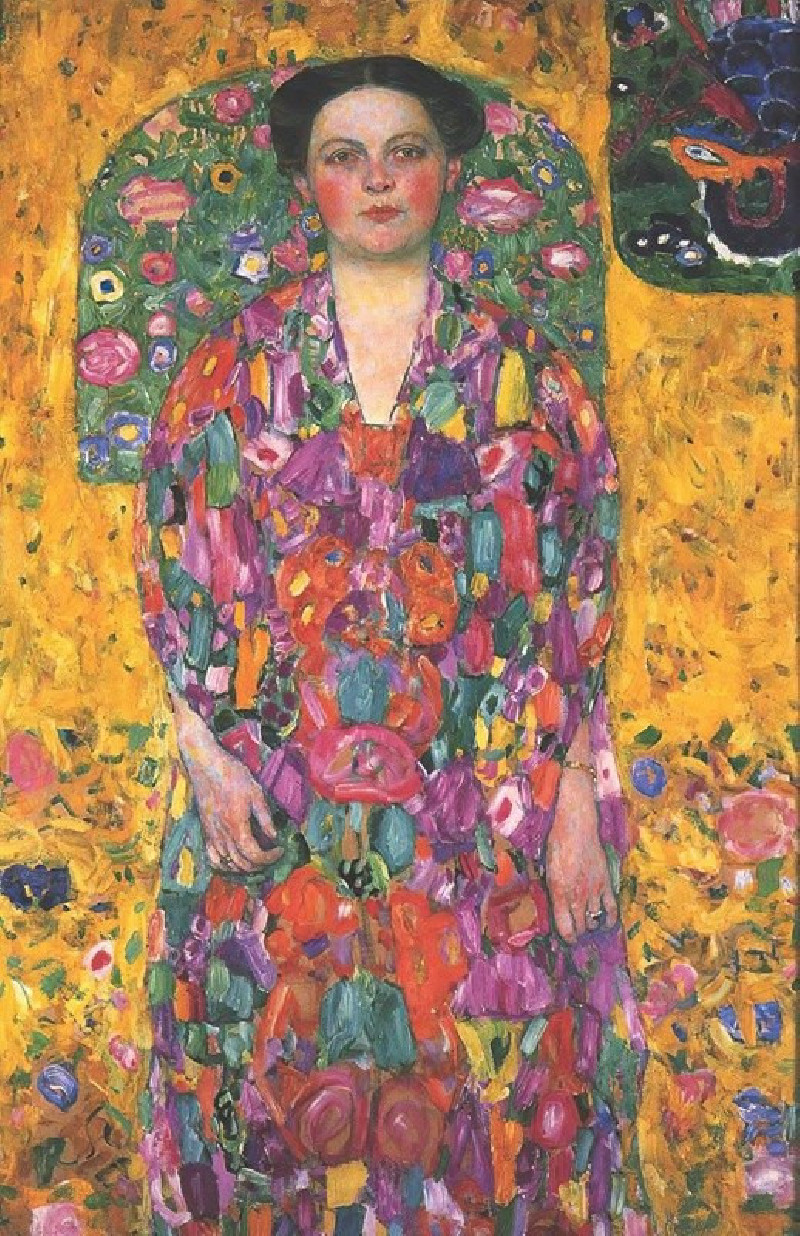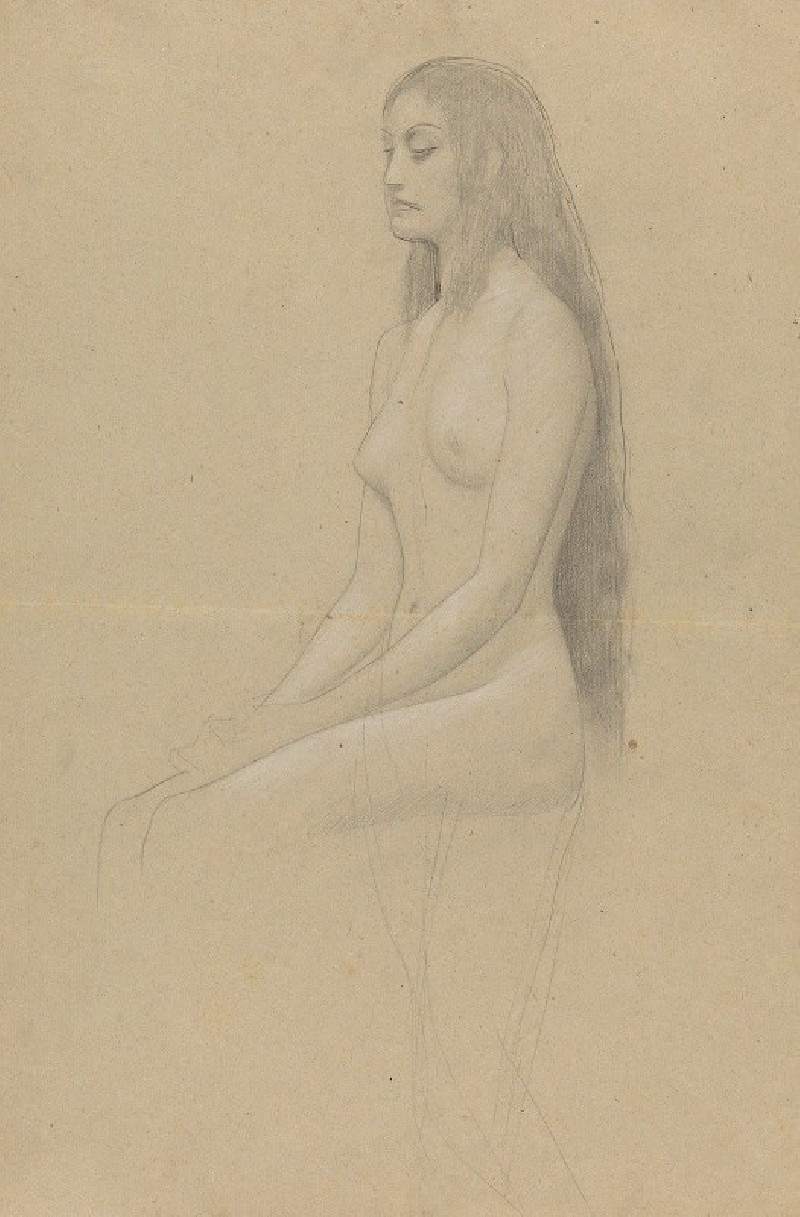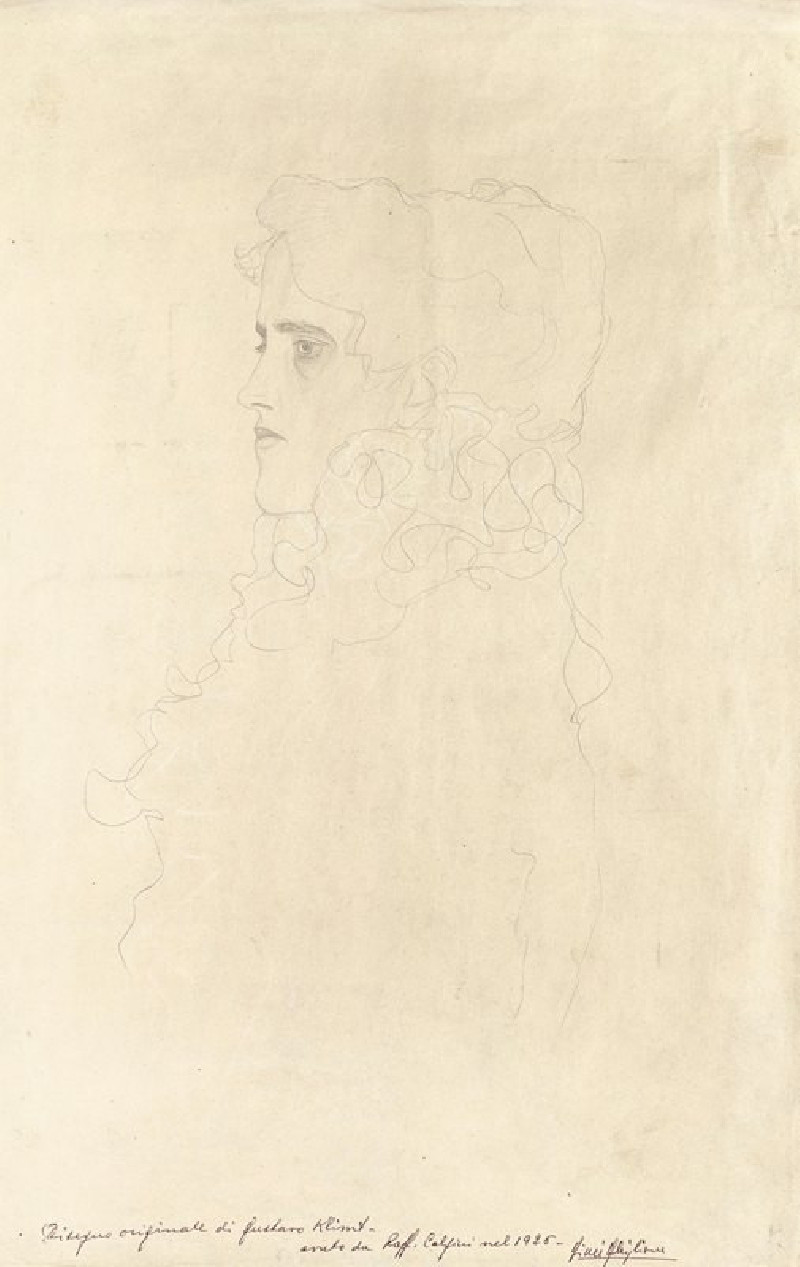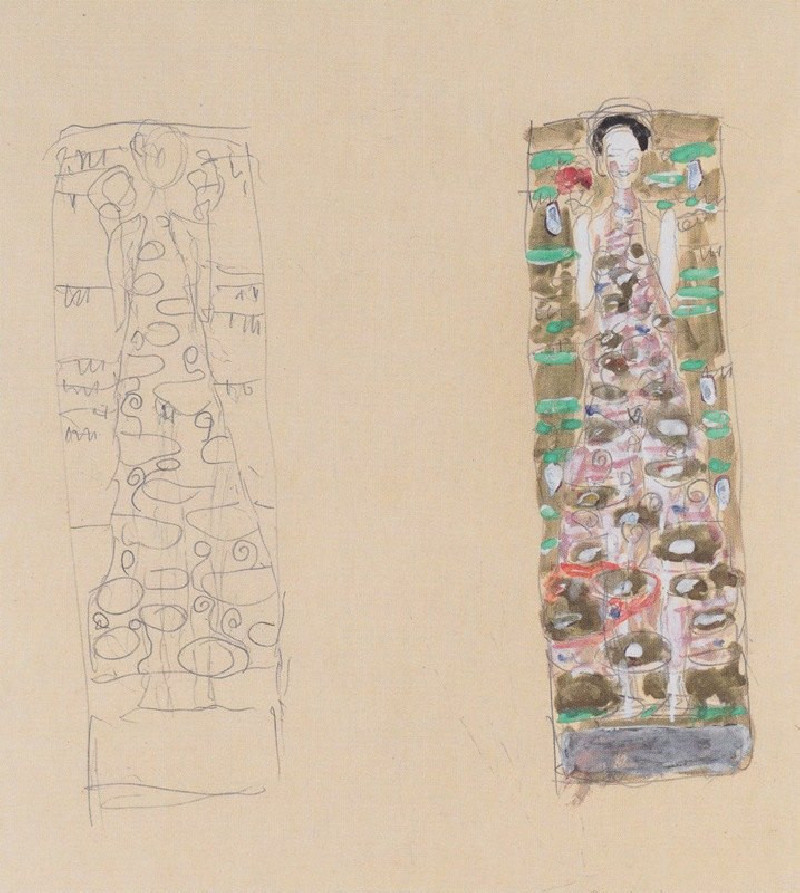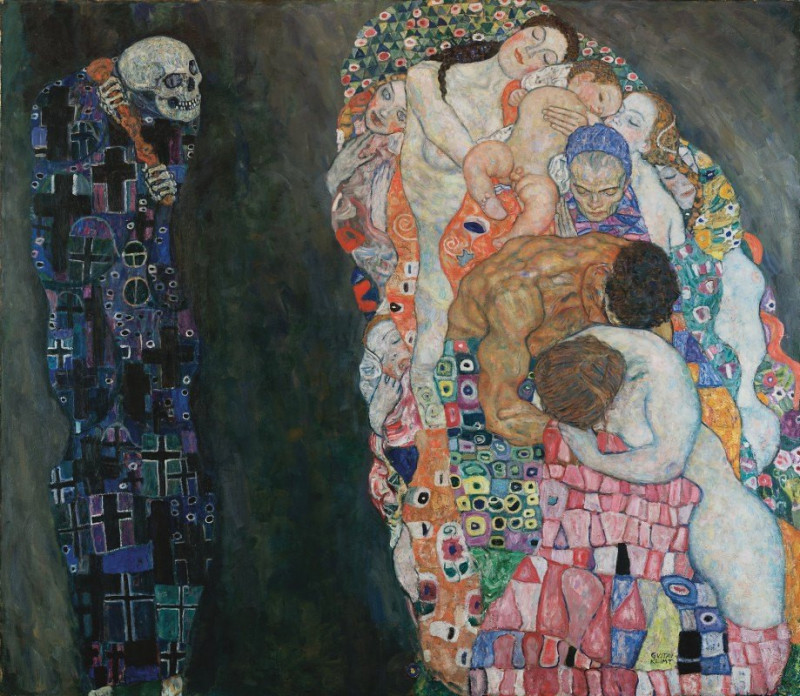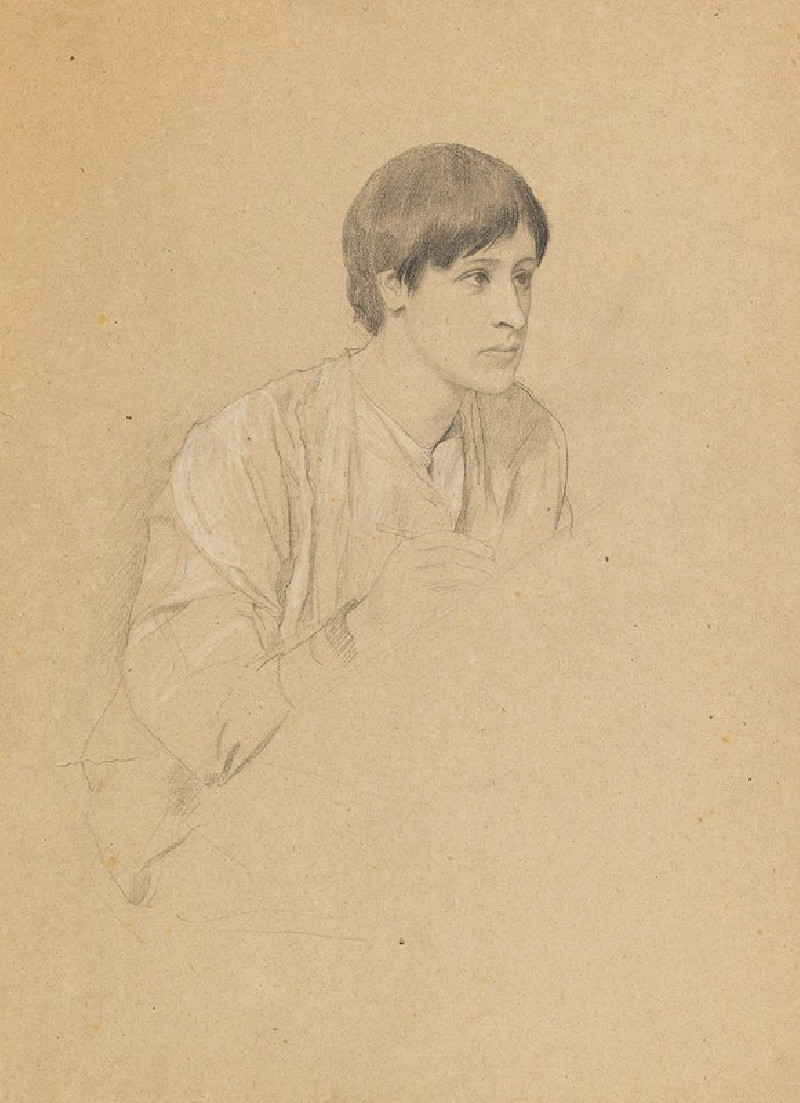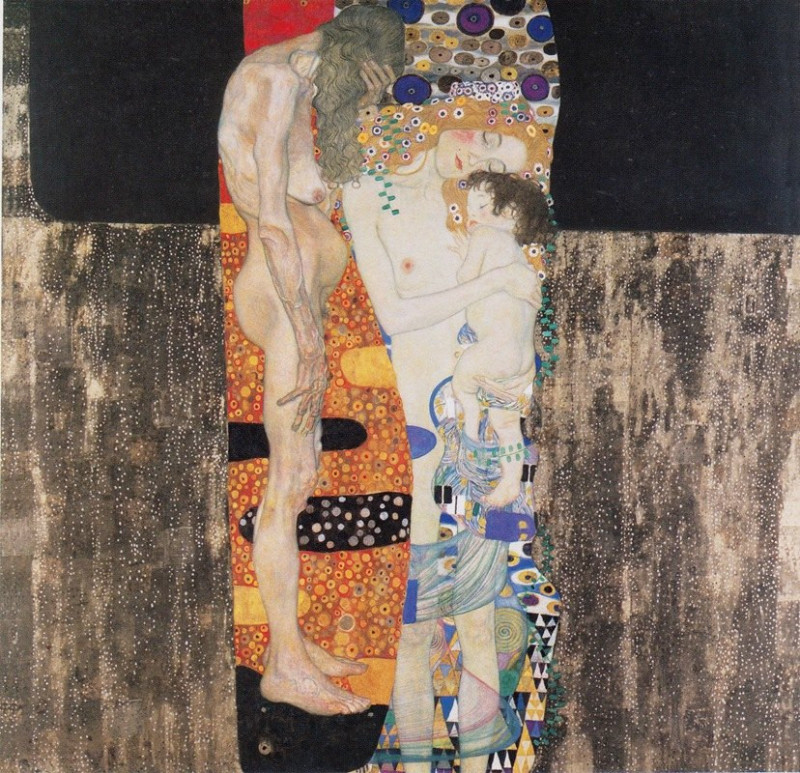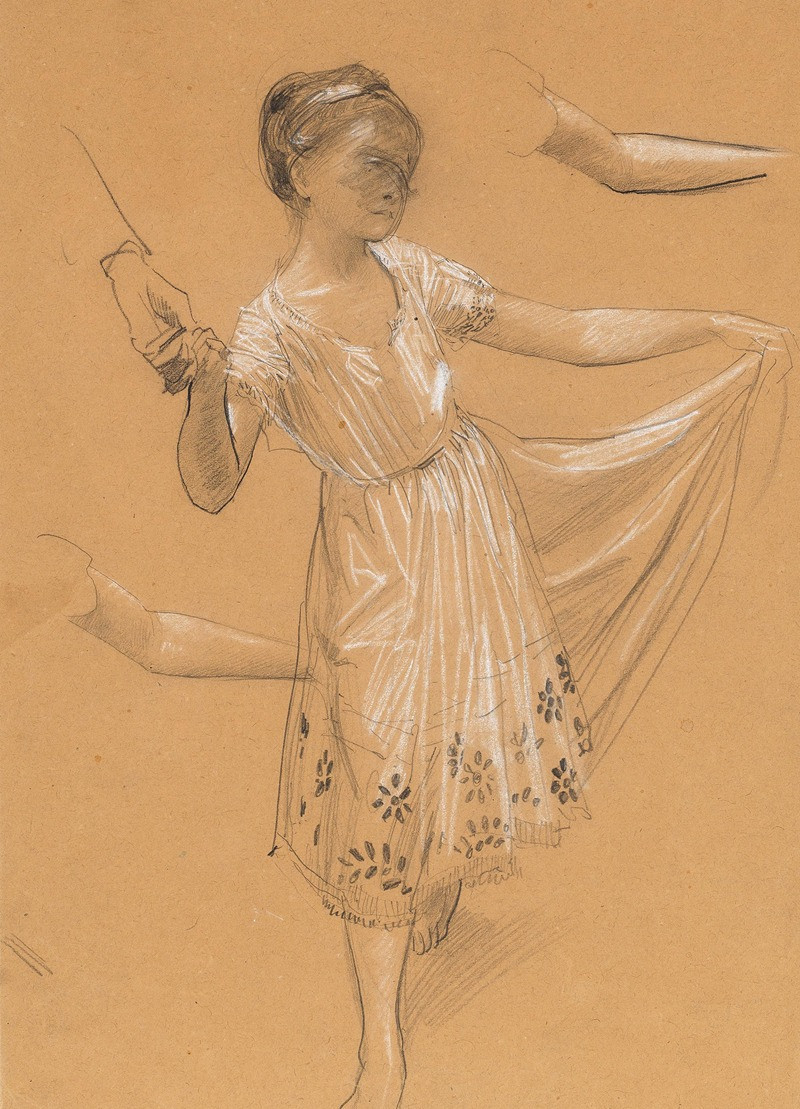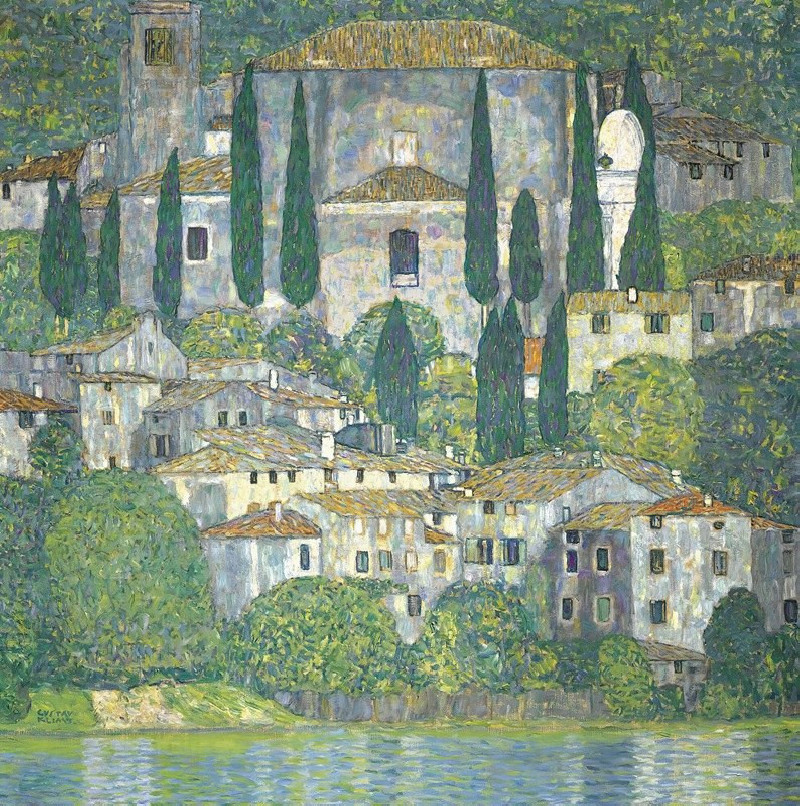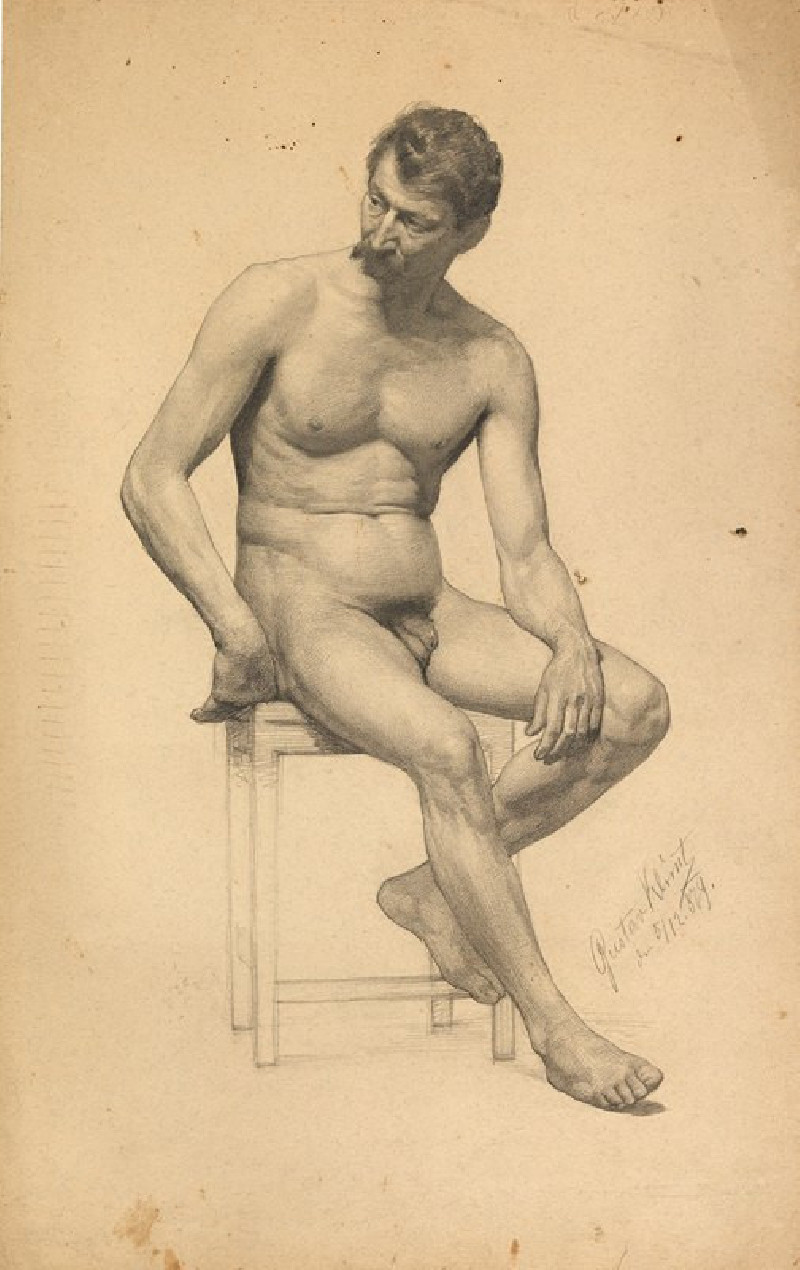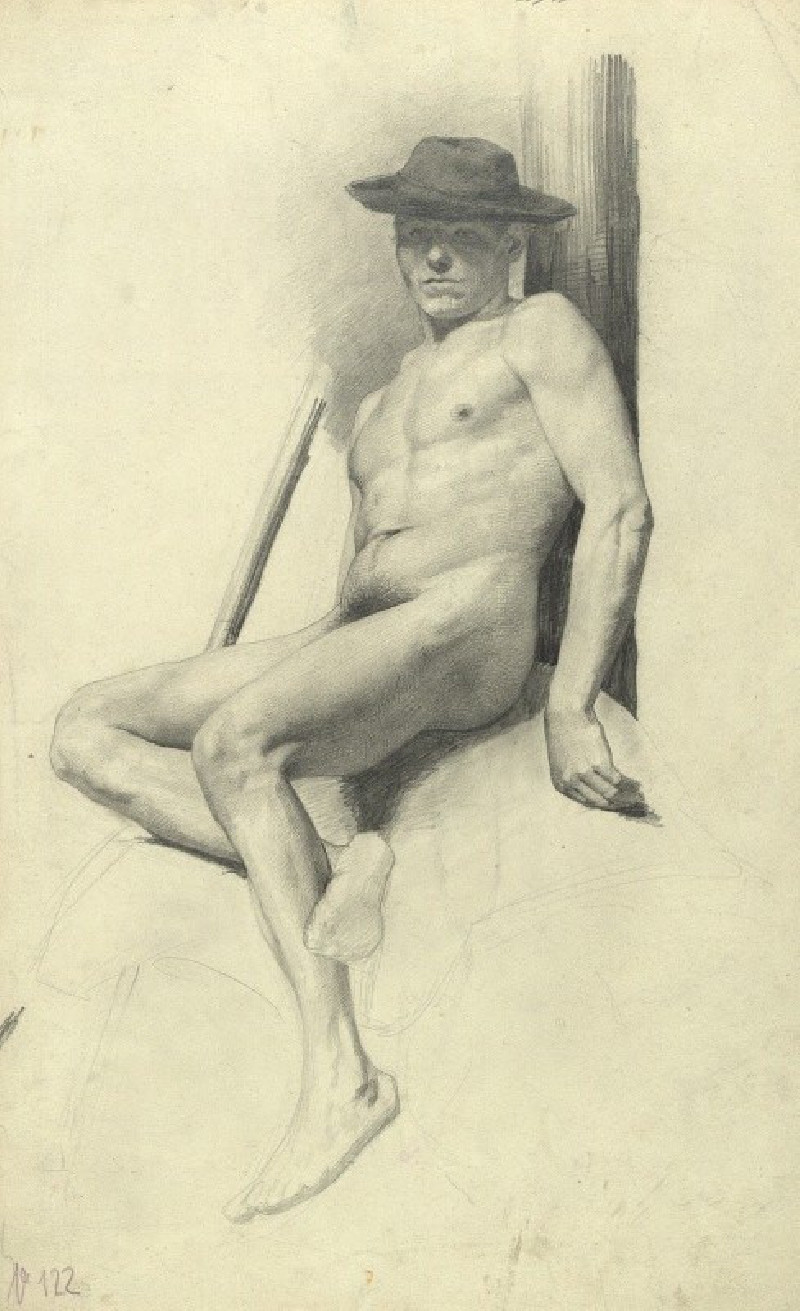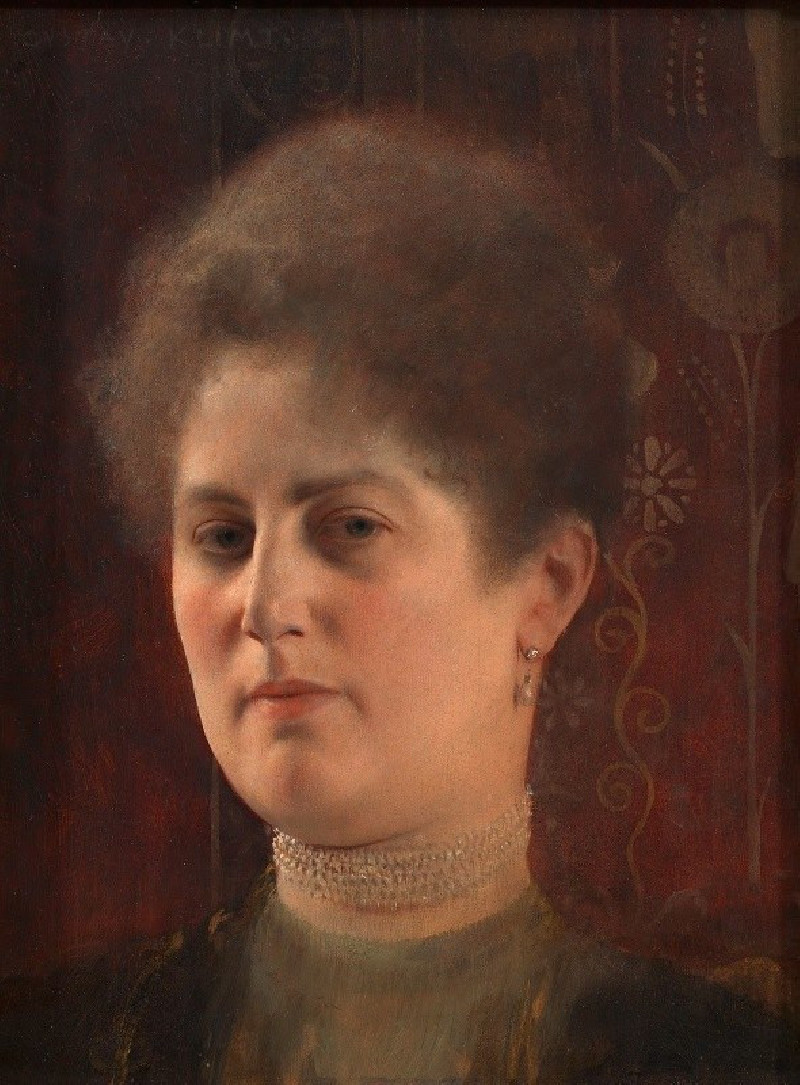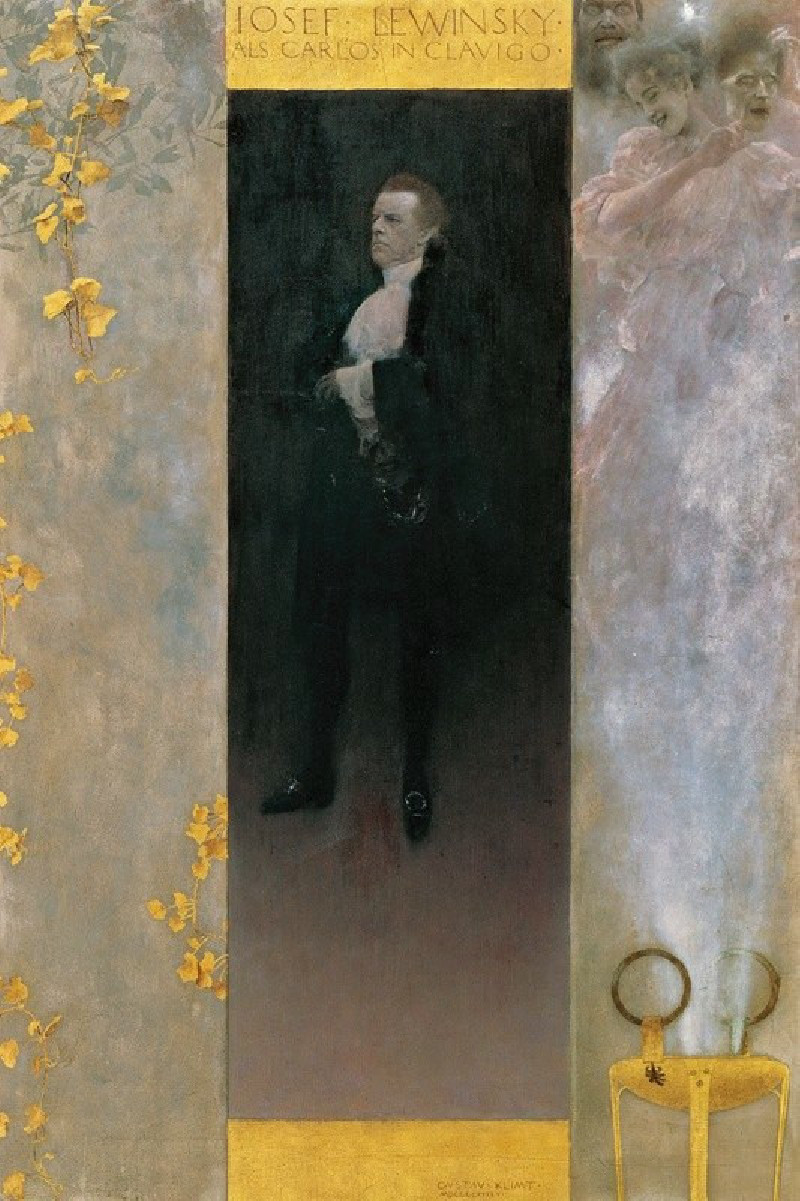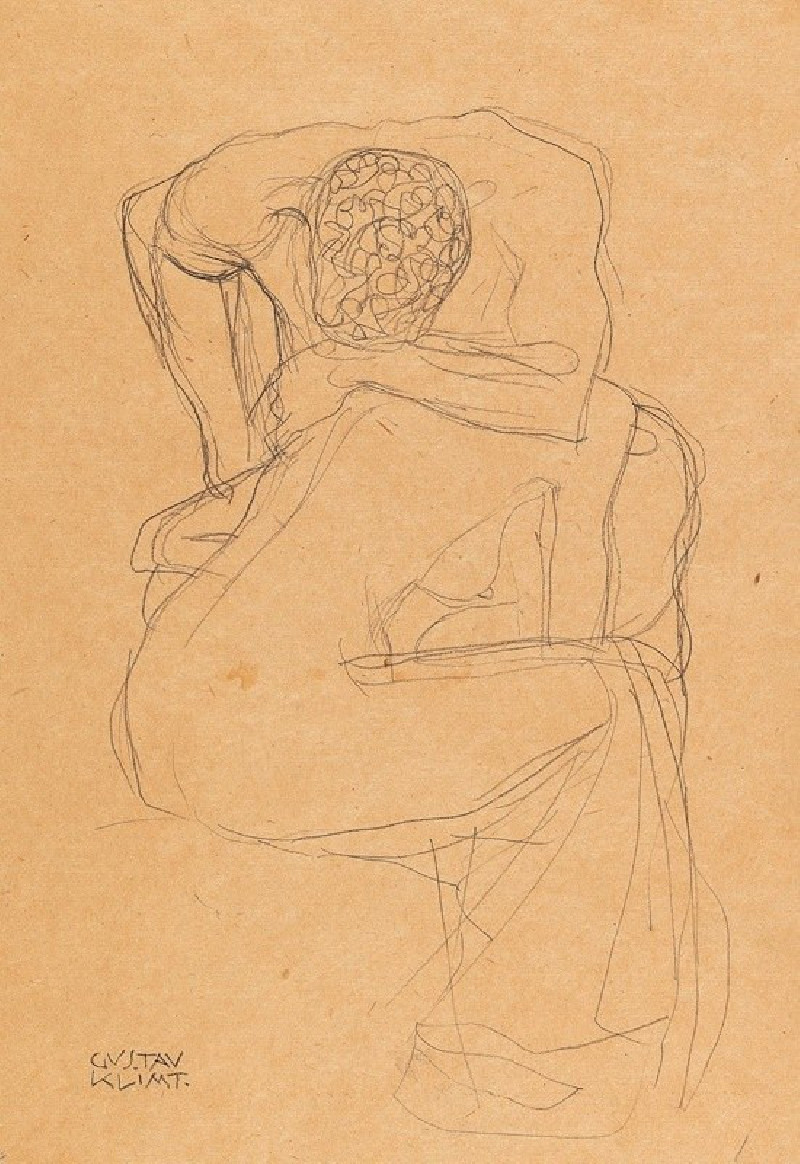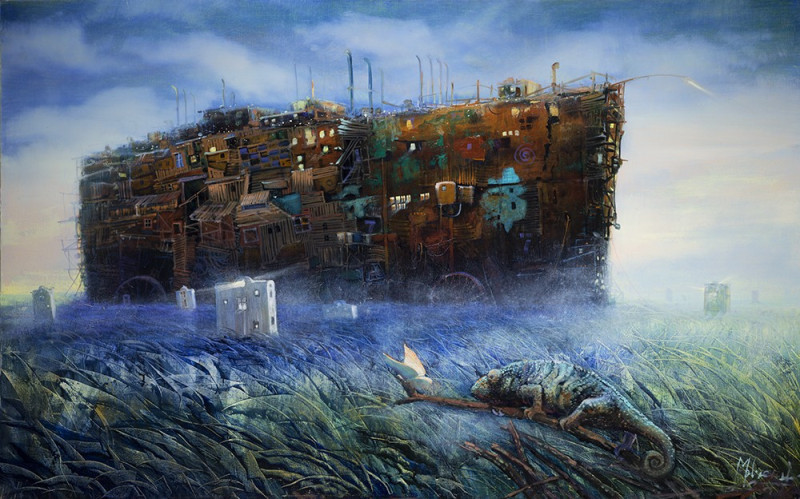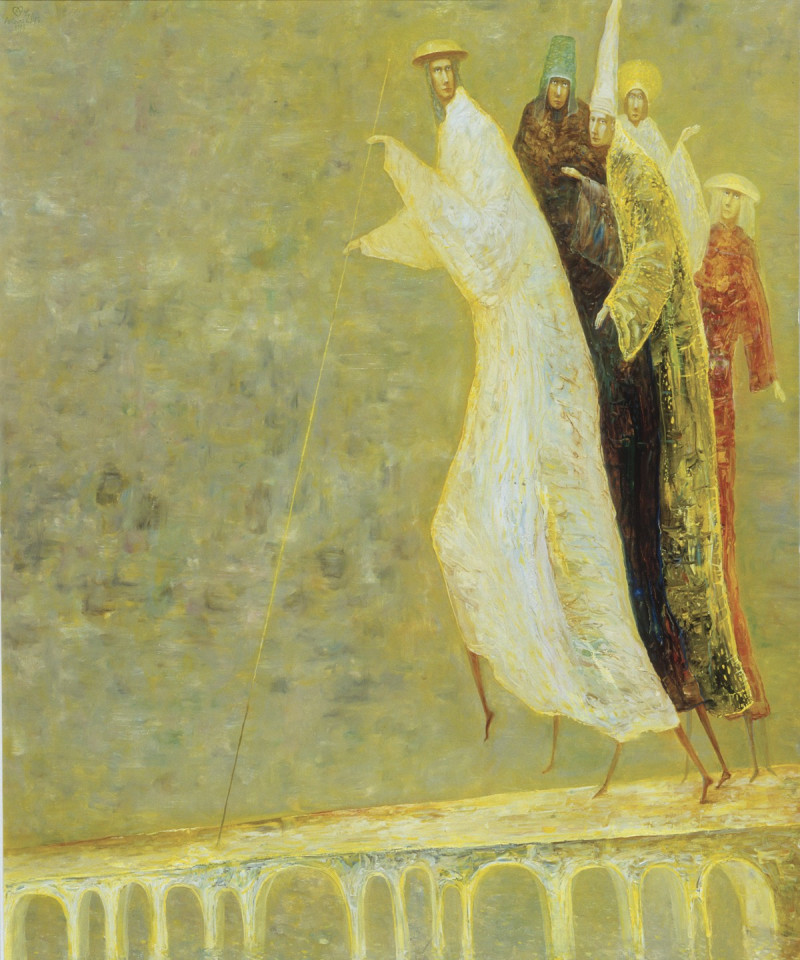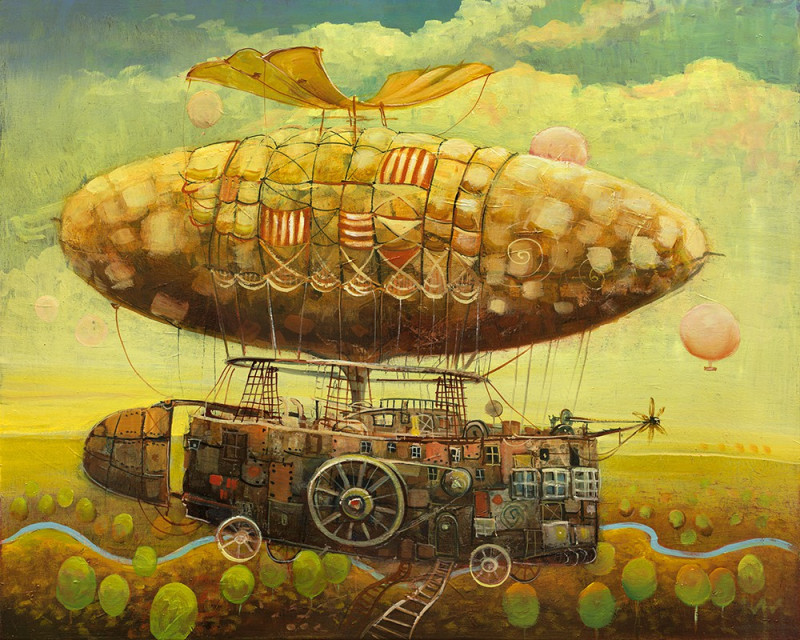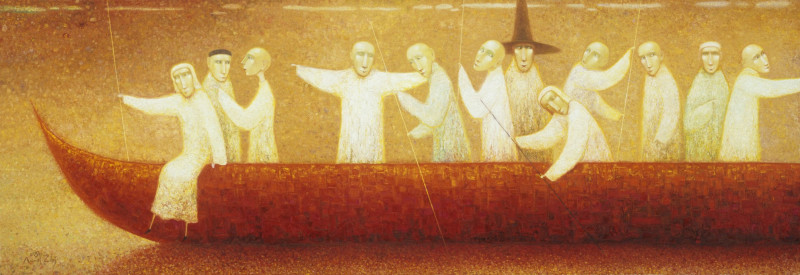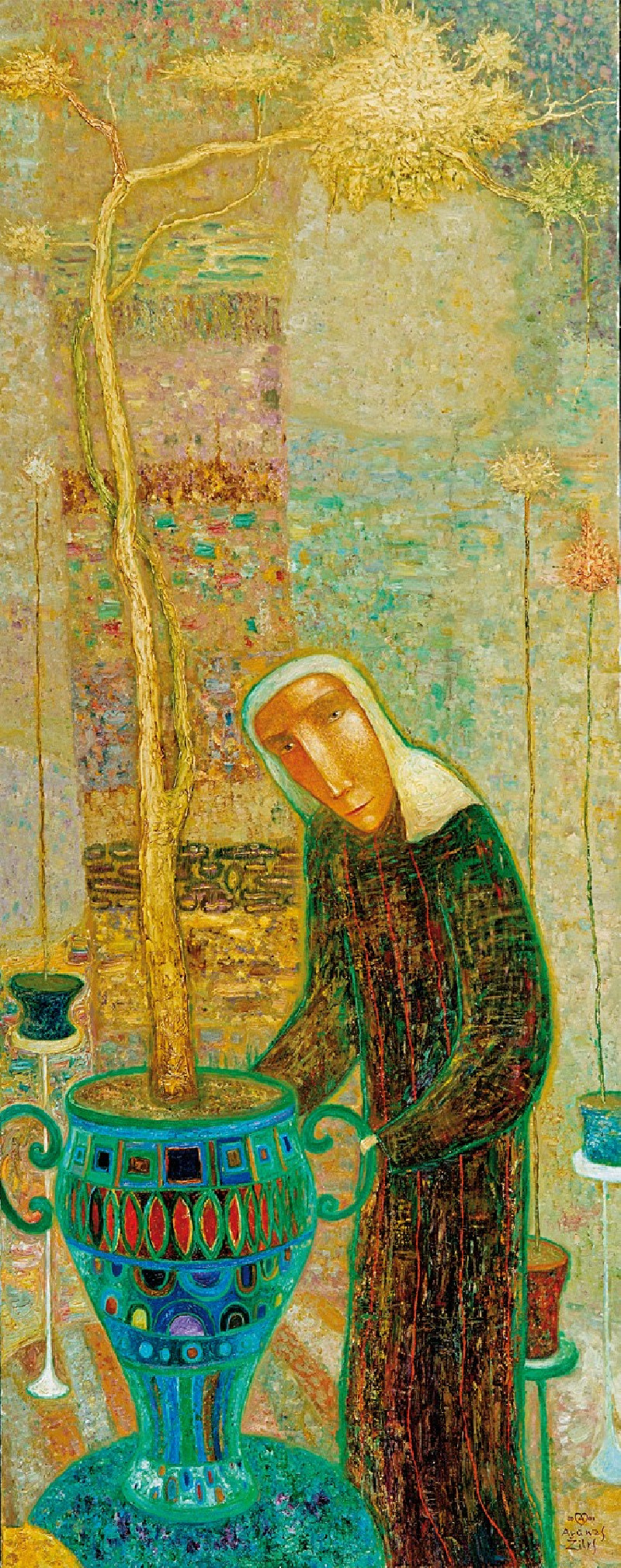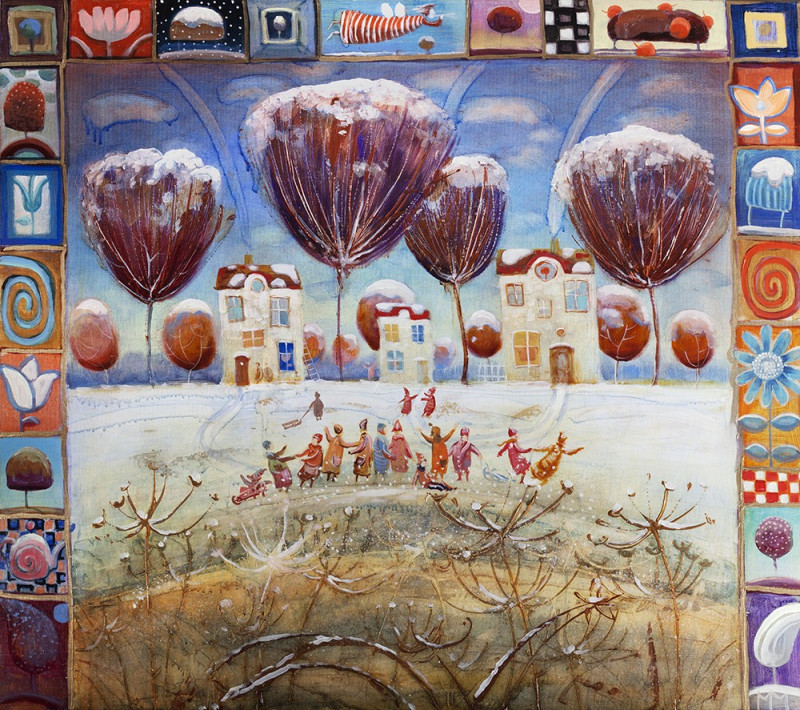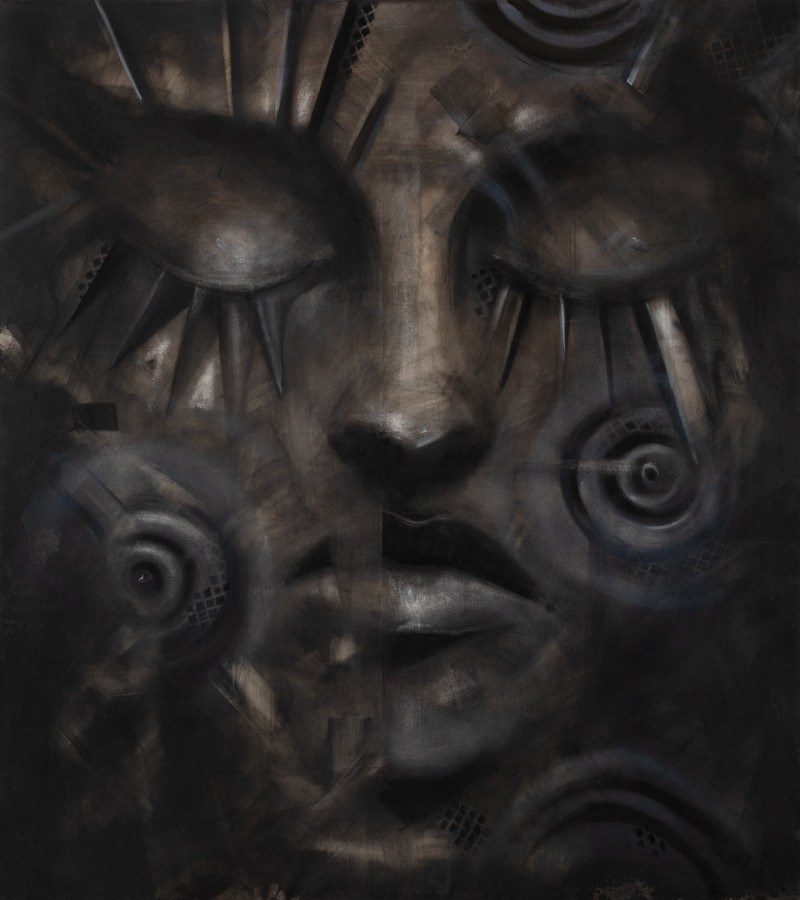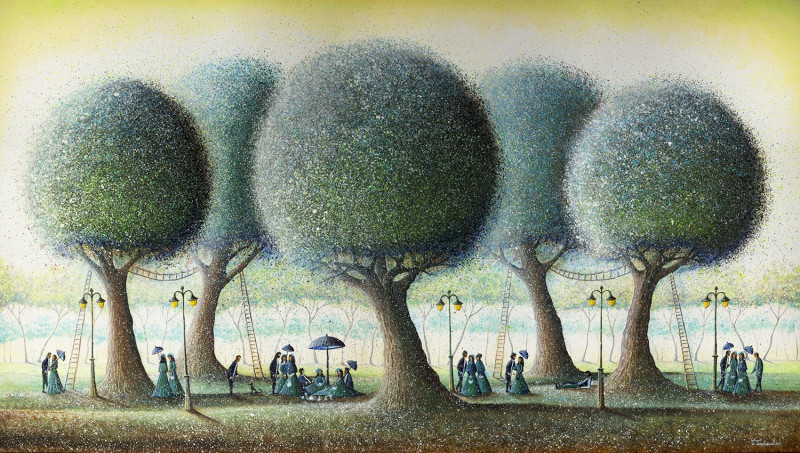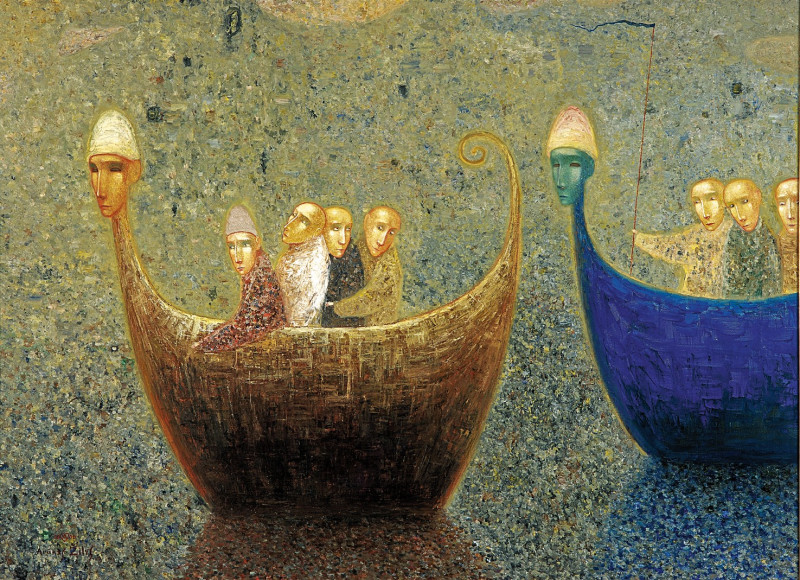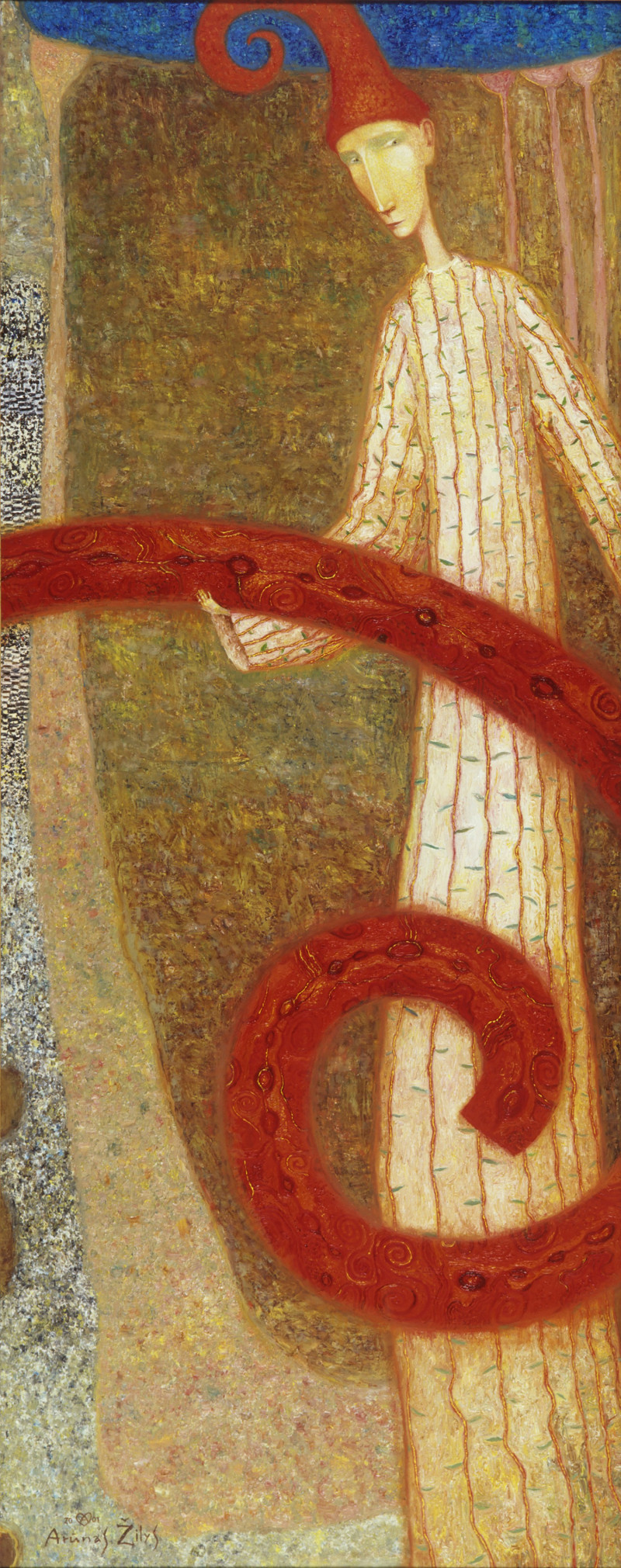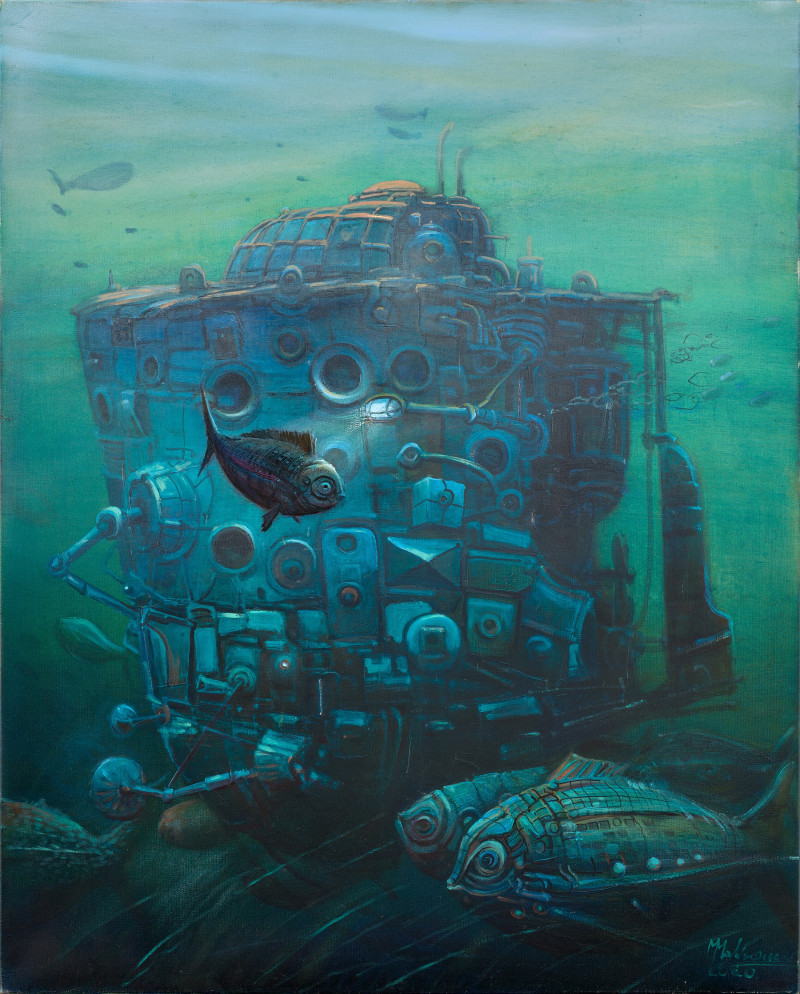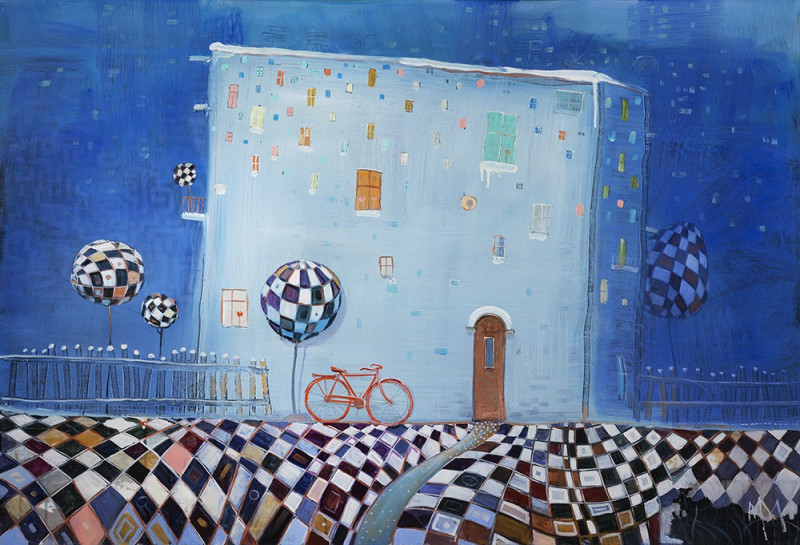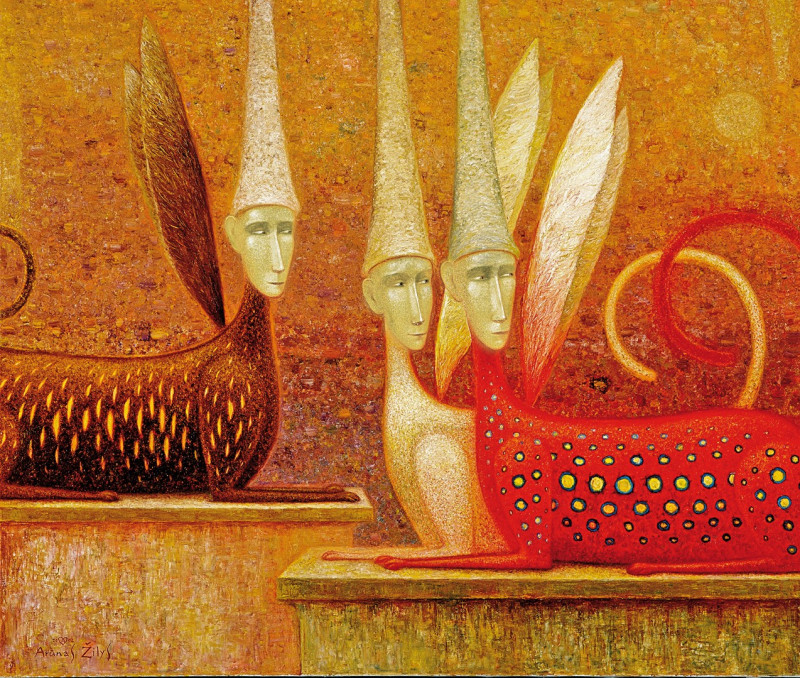Death and Life
Technique: Giclée quality print
Recommended by our customers
More about this artwork
In Gustav Klimt's "Death and Life," a towering, skeletal figure of Death cloaked in a dark robe adorned with symbolic crosses and other shapes stands ominously on the left side of the painting. Its skull-like head gazes directly towards a group of closely huddled human figures representing Life. These figures, on the right, contrast vividly with the darkness of Death. They are rendered in Klimt’s typical vibrant, mosaic-like patterns and rich colors, suggesting vitality and variety. Among these figures, which include a variety of ages and genders, a newborn baby, children, young adults, and an elderly woman are visible. They are intertwined in an intimate embrace or arrangement, symbolizing the unity and continuous cycle of life.
Delivery
Returns
Gustav Klimt (1862–1918) was one of the greatest Austrian symbolist painters of the Art Nouveau era. Renowned as one of the most prominent founding members, and as a president of the Vienna Art Nouveau movement (Vienna Secession). His works were mainly paintings, murals, and sketches. Marked by his numerous erotic drawings, Klimt's primary subject were female figures, and at one point his work was even criticized as pornographic. Klimt found financial success in his "Golden Phase" with decorative techniques and the prominent use of gold leaf in his paintings.

